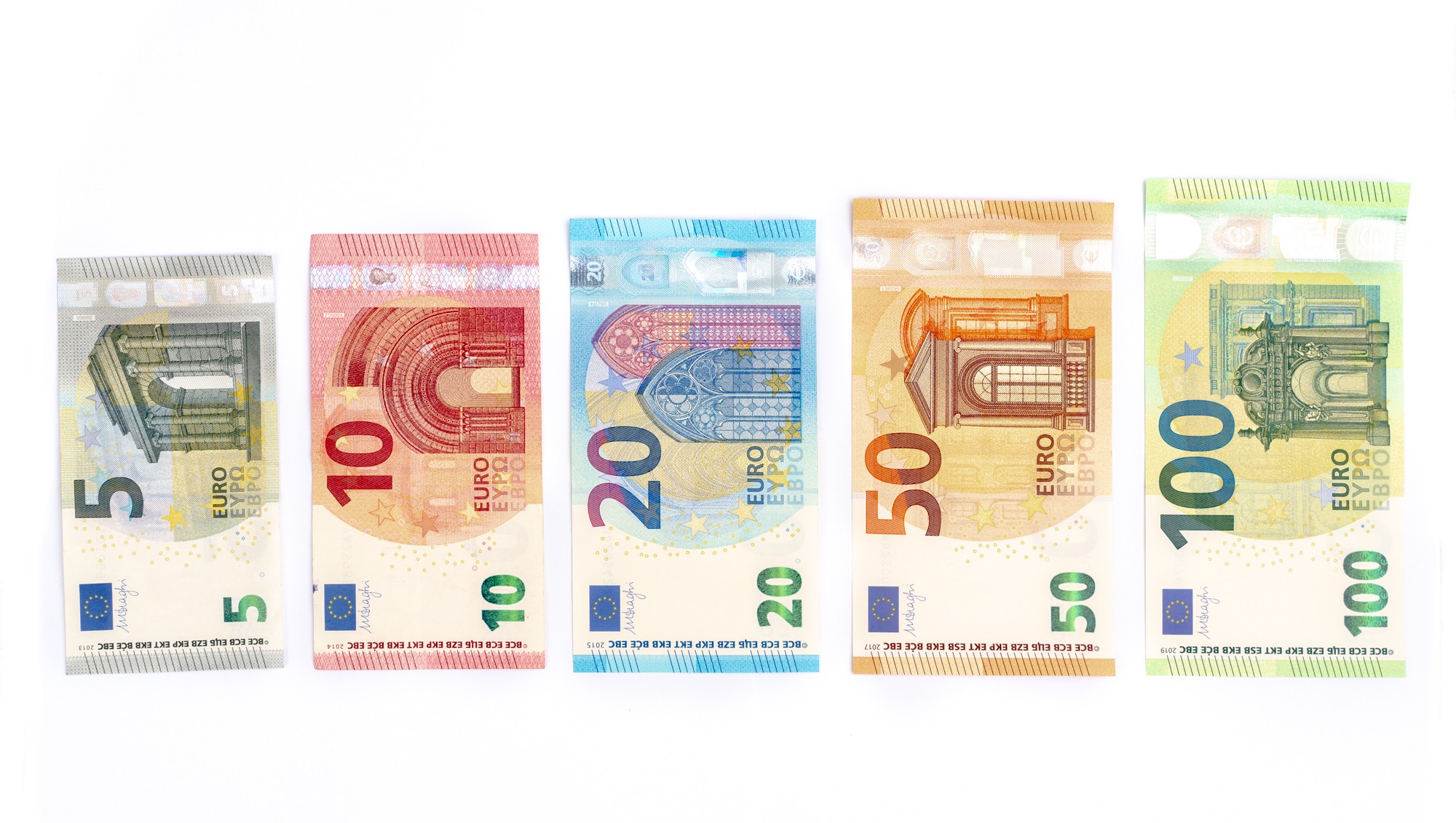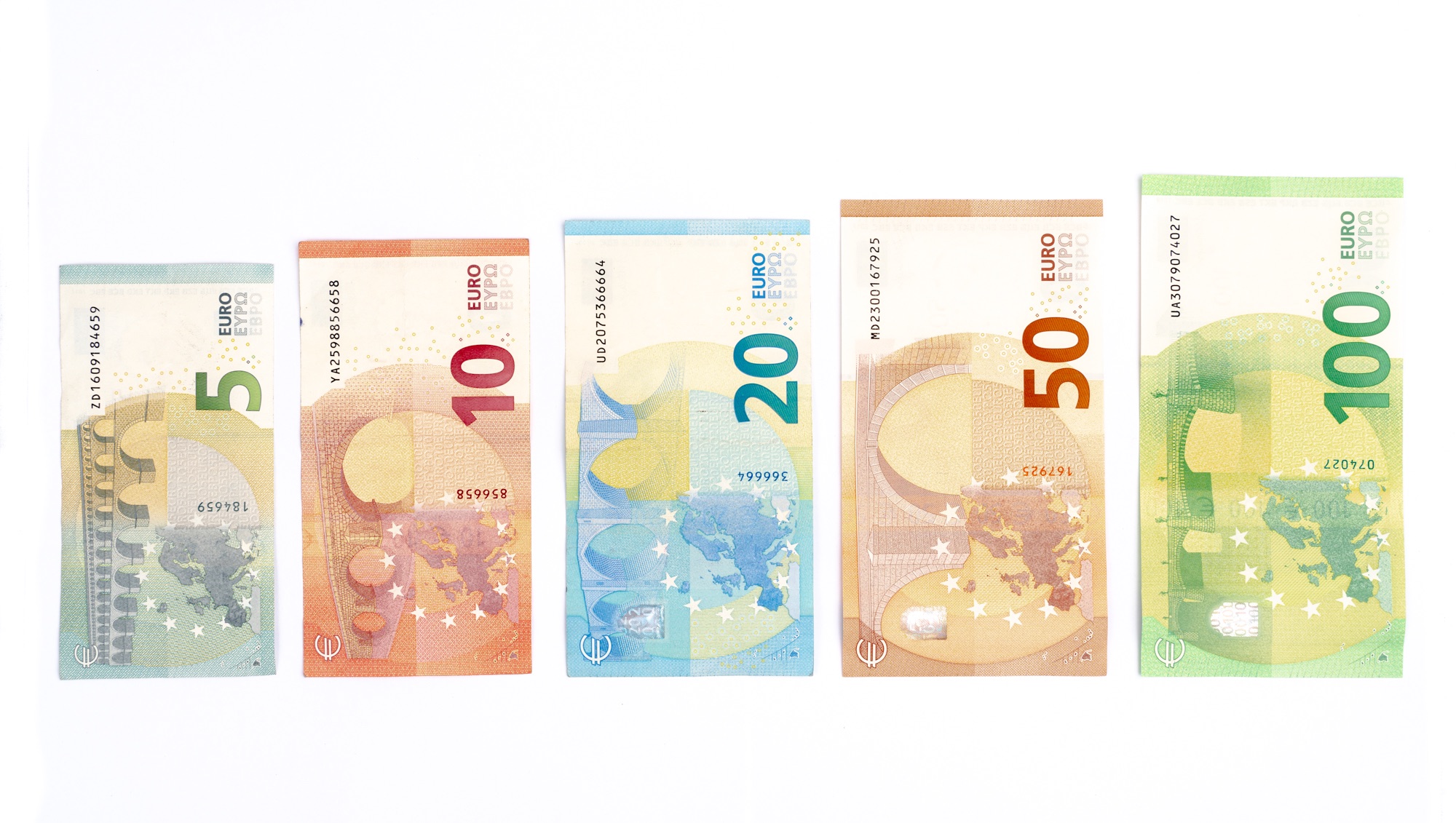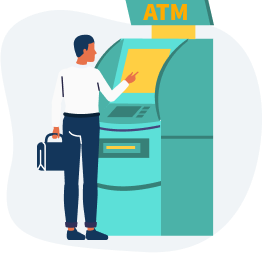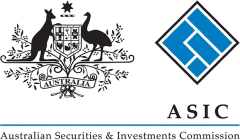Currency in Slovakia
A Travel Money Guide to Slovakia
Slovakia is an unusual travel destination still comparatively untrammelled by tourists to Europe. Yet there’s so much to offer, from the small country’s mystical castles and charming towns to captivating mountains and stunning glacial lakes.
If you’re heading to Slovakia and you’re looking for the best value, you’ll want to read up on the local currency, along with everything from bank card payments and ATM withdrawals to currency exchanges.
The currency Slovakia uses
Since 2009, Slovakia has used the official currency of the European Union: the euro. The euro replaces the old currency, the Slovak koruna, which had been used since Slovakia became independent from Czechoslovakia in 1993.
Slovakia is one of 19 European Union member countries – collectively called the eurozone – that have adopted the euro as legal tender.
The euro is represented by the currency code EUR and the symbol €. In Slovakia, you may often see the symbol written after the numeral and decimal points written as commas rather than full stops (for example 10,50€ instead of €10.50).
Slovakian Money
Euro coins come in eight denominations of one cent, two cents, five cents, ten cents, 20 cents, 50 cents, €1, and €2. Banknotes come in denominations of €5, €10, €20, €50, €100, €200, and €500.
Although a common currency throughout the eurozone, all coins have different designs, depending on their country of origin. But don’t worry, every different euro coin can be used interchangeably throughout the eurozone.
One side of the coin is the same across the eurozone and has the denomination value and a map of the European Union.
In Slovakia, the side with the national design features important national symbols. The one, two, and five cent coins have the peak of the Tatra mountains. The ten, 20, and fifty cent coins feature Bratislava castle. And the €1 and €2 coins showcase the national emblem of Slovakia: a double cross on three hills.
Unlike euro coins, euro banknotes are easy to handle with the same design used everywhere in Europe.



How to Exchange Currency in Slovak Republic
It’s always convenient exchanging currency once you’ve arrived in the country but it’s still a good idea to find out the most economical way to get the local currency.
There are three main options for currency exchange, each with their own pros and cons.

ATMs in Slovakia
ATMs, called bankomats in Slovak, are everywhere in Slovakia so you’ll have no trouble withdrawing money from a machine.
Bank branches, shopping centres, and supermarkets are the most common places to find ATMs.
Don’t forget you’re paying for the convenience: most ATMs charge a fee for withdrawals. These will usually be shown on the screen so you can choose whether to continue with the transaction. Independent ATMs generally apply higher fees than bank ATMs.
If you want to avoid the ATM fees, see if your home bank is affiliated with any Slovakian banks.
The ATM provider’s fee is on top of the fees your home bank may charge for overseas ATM withdrawals and currency conversions.
Finally, watch out for a clever scheme that sounds convenient but can be quite the rip-off. In the middle of a transaction, you may have the option of being charged in your home currency.
Sounds great, right?
Sadly, this service usually provides a far worse foreign exchange rate than what your home bank will charge so always opt to pay in the local currency.
Currency Exchange Outlets
You can exchange your home currency for euros at Slovakian banks or certified exchange offices. These are most commonly found in major hotels and some department stores.
Just remember to inspect the notes before you leave the office as some merchants refuse to take notes with even the slightest blemish.
In Slovakia, particularly in Bratislava, people may approach you on the streets offering money exchange services with good exchange rates. This is usually a scam designed to rob tourists by providing counterfeit money.


Travellers Cheques
Less relevant than they used to be, it’s best just to avoid travellers cheques these days.
In Slovakia, stores, restaurants, and small hotels will refuse direct payments with travellers cheques. And if you find somewhere to exchange them, it will probably be with a poor exchange rate.
Just stick to cash currency exchanges or your bank card and you should be fine.
Buying Slovakia’s Currency Before You Go
If you’re looking for value, add ‘buy currency’ to your travel planning list and secure your euros before you leave home. This also frees up your time in Slovakia to explore.
There are three ways to buy euros from home:
- Buying euros online to be delivered or for you to pick up in-store.
- Swapping AUD for EUR at a currency exchange store.
- Buying euros at the airport.
Since Australian airport exchange bureaus are among the most expensive in the world, it’s not a good idea to leave your currency exchange until the last minute.
Instead, get the most value by jumping online. Online currency exchange retailers like S Money can offer the real mid-market exchange rates you see on Google or XE.
If you still prefer to exchange currency at a bricks-and-mortar bureau, head to one in the CBD as suburban outlets don’t usually offer the best deals.
Using Your Bank Card in Slovakia
These days, everybody travels with a bank card of some sort. Some of the best travel money cards include debit, credit and prepaid cards – but accessibility and fees differ depending on the type of bank card and the issuer you choose.
Visa, Mastercard, and Maestro bank cards are widely used but you may have trouble paying with American Express.
Also remember: in Slovakia, you’ll have fewer problems if you have a card with a chip and four-digit PIN.
Debit Cards
Debit cards are common across Slovakia. Just beware, your home bank may impose high rates and fees if you use your card overseas. These fees might cover ATM withdrawals, overseas transactions, and currency conversions.
Some cards that offer more competitive rates and lower (or even no) fees include:


Credit Cards
Slovakia is friendly towards plastic money like credit cards, with Visa and Mastercard widely accepted.
Some retailers refuse American Express; Diners Club is more commonly allowed. Some shops are also reluctant to accept cards issued by foreign banks so be sure to check before you buy anything.
Time to get savvy. Find out whether you incur fees by using your credit card overseas. These could include cash advance fees for ATM withdrawals, international transaction fees, and overseas ATM withdrawal charges.
Our recommendation is the 28 Degrees credit card option, which offers lower fees and charges than most.
Prepaid Travel Cards
Prepaid travel cards work by letting you load up in the currency of your choice and lock in the exchange rate.
Though you avoid some fees, you might end up squandering those savings on other charges, such as reload fees and inactivity fees. Travel cards also usually apply ATM withdrawal fees.
Not only this, it can often take days for your currency to actually load onto your card, leaving you potentially cash-strapped.
If you still like the idea of locking in the exchange rate, both the Revolut and TransferWise debit cards come with currency loading options.

The Average Cost to Travel Around Slovakia
When planning out your trip, it can help to know your budget so you can estimate how much currency you’ll need. Here are some average costs for items you may buy:

€40-90
A room in a guesthouse

€30
Two-course meal at a nice restaurant

€4
A beer

€18–30 per day
Car rental

€7–10
A castle tour

